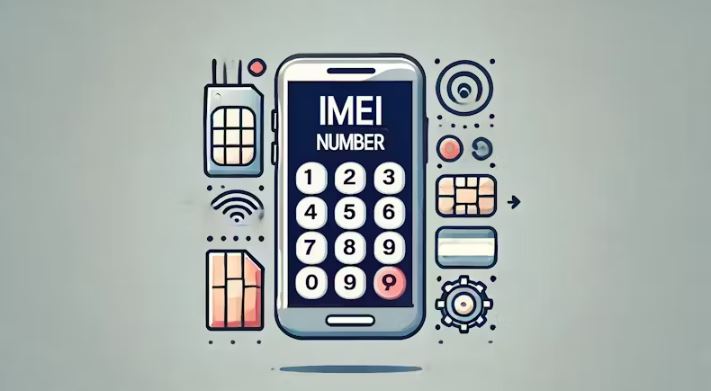The IMEI (International Mobile Equipment Identity) number is a unique identifier assigned to every mobile device. It’s like a fingerprint for your phone, helping carriers, manufacturers, and law enforcement track and verify devices. Many people wonder if it’s possible—and legal—to change the IMEI number. The answer is technically yes, but legally complicated.
What Is the IMEI Number?
-
A 15-digit code unique to each device.
-
Used to block stolen phones from accessing mobile networks.
-
Helps in warranty tracking and device authentication.
Can It Be Changed?
-
Technically:
Yes, with specialized software or hardware tools, the IMEI can be altered on some devices. -
Legally:
In many countries (including the US, UK, and EU nations), changing the IMEI is illegal unless authorized by the device manufacturer or government.
Why People Attempt to Change IMEI Numbers
-
To bypass a carrier lock.
-
To unblock a blacklisted stolen phone.
-
To protect privacy (though this often breaks the law).
Risks of Changing the IMEI
-
Legal Penalties – Fines, imprisonment, or both in some regions.
-
Loss of Warranty – Manufacturers may refuse service.
-
Network Issues – The device may fail to connect to mobile networks.
-
Security Risks – IMEI-changing tools may contain malware.

Legal Alternatives
-
Contact your carrier to unlock your device.
-
Request a repair or replacement from the manufacturer if your IMEI is damaged.
-
Use official privacy tools rather than tampering with hardware identifiers.
Key Takeaway
While changing the IMEI is technically possible, it’s often illegal and risky. The safest approach is to use legitimate channels for unlocking or repairing your device.